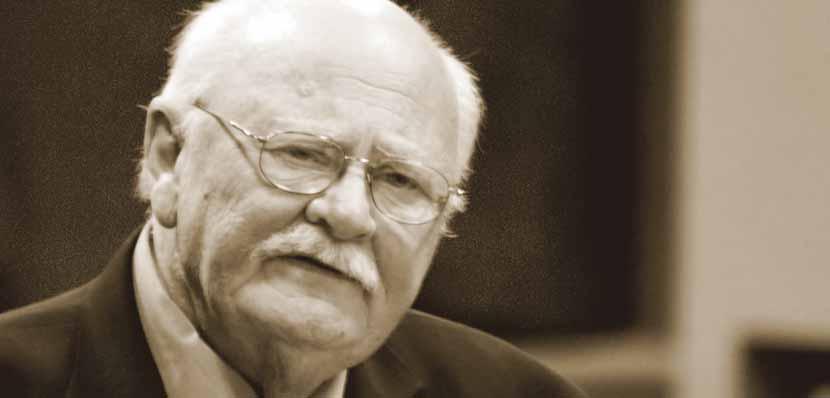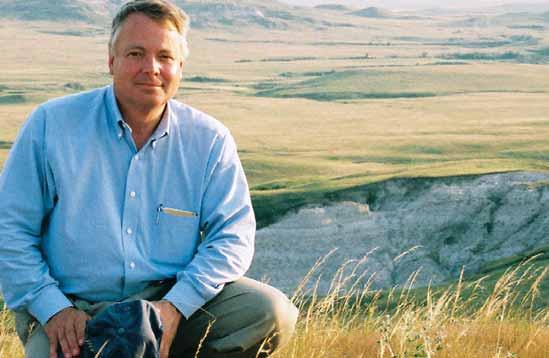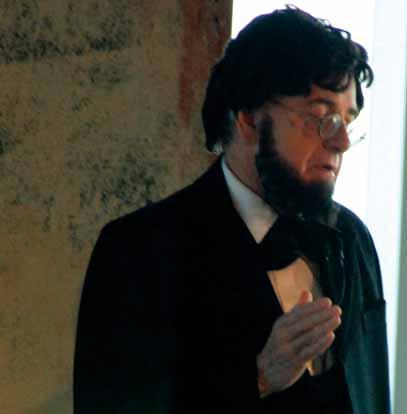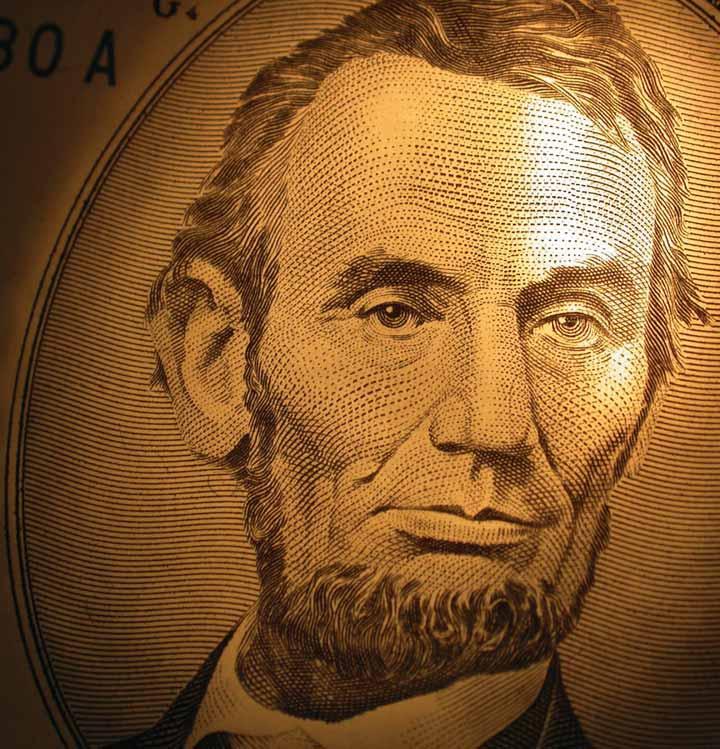
3 minute read
Picturing Lincoln
Photo: Alexander Gardner (1821-1882), Abraham Lincoln, February 5, 1865. Photographic print. Prints and Photographs Division, Library of Congress, Washington, D.C.
Abraham Lincoln was the first American president to use photography for political purposes. During his first presidential campaign in 1860, some thirty-five portraits of the candidate by the photographer Mathew Brady were circulated throughout the country. The immediacy of a photograph created a sense of intimacy between voter and candidate that few painted portraits could achieve—particularly in the mid-nineteenth century, when the medium was still a novelty for many Americans. Acknowledging its power to move the populace, Lincoln gave portrait photography credit for his victory. “Make no mistake,” he said. “Brady made me President!”
Advertisement
This photograph of Lincoln by Alexander Gardner was made some years later, when the burden of the presidency had taken its toll. Gardner had been one in a team of photographers employed by Brady to follow the Union troops and make a visual record of the Civil War. He began to work independently in 1863, when he established his own studio in Washington, D.C., and became known for his portraits of uniformed soldiers setting off for war. President Lincoln visited Gardner’s studio one Sunday in February 1865, the final year of the Civil War, accompanied by the American portraitist Matthew Wilson. Wilson had been commissioned to paint the president’s portrait, but because Lincoln could spare so little time to pose, the artist needed recent photographs to work from. The pictures served their purpose, but the resulting painting—a traditional, formal, bust-length portrait in an oval format—is not particularly distinguished and hardly remembered today. Gardner’s surprisingly candid photographs have proven more enduring, even though they were not originally intended to stand alone as works of art.
This half-length portrait of Lincoln is one of the fi nest from that February studio session. The president sits comfortably in a sturdy chair, his left elbow resting on its arm, his right on his own slightly elevated knee. There is nothing in this photograph to indicate Lincoln’s exalted position: we might just as well be looking at a humble country doctor. His clothing appears plain (though not unfashionable) and his loosely knotted bowtie has been left slightly askew. By this point in his public life, the president had sat for dozens of photographs, and he would have been mindful of the
need to hold perfectly still during the several minutes it took to make an exposure. In this print, Lincoln’s eyes look steadily toward the camera but his hands fiddle impatiently with his eyeglasses and pencil as if to remind the photographer that he had more important things to do.
What draws and holds our attention is Lincoln’s expression, which the poet Walt Whitman described as “a deep latent sadness.” At the time this picture was taken, Lincoln had weathered the worst of the war and almost succeeded in his fight to preserve the Union, yet he was painfully aware how much that cause had cost the nation. Lincoln appears much older than his fifty-five years, and Gardner did nothing to flatter the president’s haggard, careworn features. The photographer may even have exaggerated them, for the turn of Lincoln’s head leaves one side of his face slightly in shadow, making his right eye and cheek appear hollow and cadaverous.
Gardner’s photograph took on another dimension shortly after Abraham Lincoln’s assassination on April 14, 1865. A Boston publishing fi rm exploited the nation’s grief by producing prints of the portrait Matthew Wilson had based on Gardner’s photographs. Gardner’s own publisher countered a few days later by offering this and other photographs from the February studio session. They were advertised as the products of “Mr. Lincoln’s last sitting.” That unsupported (and until recently, unquestioned) claim gave rise to the tradition that Gardner’s portraits had been taken just four days before Lincoln’s death, investing them with a special aura of martyrdom. We now know that these were not in fact the last portraits of Abraham Lincoln. Even though Gardner’s picture does not belong to the president’s final days, it records his weary and worried countenance during the last long weeks of the war, when the surrender at Appomattox was still some months away.
Text excerpted from the Picturing America Teachers Resource Book, a publication of the National Endowment for the Humanities, used with permission.









